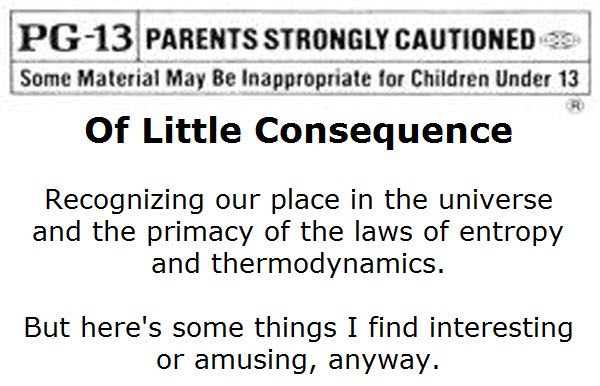The word and the background of 'avatar' have a long history in Science Fiction literature. The word itself means:
[Sanskrit avatāraḥ, descent (of a deity from heaven), avatar : ava, down + tarati, he crosses; see terə-2 in Indo-European roots.]
The appearance or manifestation of a God (originally Vishnu) or other supernatural being in our perceivable human realm.
SF reference: "Lord of Light" by Roger Zelazny, winner of the Hugo award in 1968.
The concept -- and indeed the 'idea' of cyberspace -- was first widely promulgated in Verner Vinge's "True Names" in 1981.
Later the term 'cyberspace' was really entered into modern usage because of William Gibson's 1984 novel "Neuromancer" which won the "Triple Crown" of Science Fiction awards: the Hugo, Nebula and Philip K. Dick awards, and is widely regarded as the first novel of the new 'cyperpunk' genre.
The concept and meaning of an 'avatar' was then further advanced by novelist Neal Stephenson in his 1992 novel' Snow Crash" (which btw was listed in Time Magazine's list of '100 Best Novels Published in English since 1923')
It is to be noted that in the cyberworld, the word 'avatar' is not synonymous with 'icon'. In your AOL or whatever-supported messaging system, you are able to produce an 'icon' to present a small image of your choice to people to whom you connect, and change this extremely limited image at will.
An 'avatar' as referred to in the above works is a high-level, quasi-independent complete persona/entity, displaying both imagery regarding its appearance but also acting as an 'agent' in a complete alternative 'reality' -- cyberspace -- controlled by (maybe) but removed from from the normal world of reality in which we live. As a result, an 'icon' is far-removed from the concept of what an 'avatar' might be, and the use of these words as synonyms is incorrect.
Subscribe to:
Post Comments (Atom)


No comments:
Post a Comment